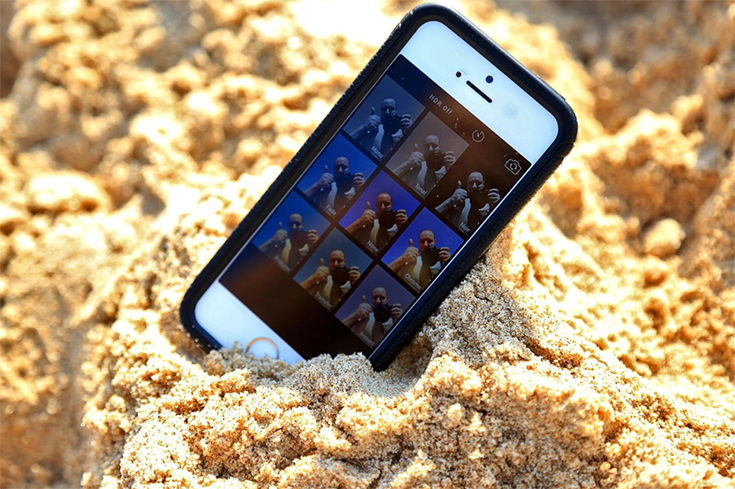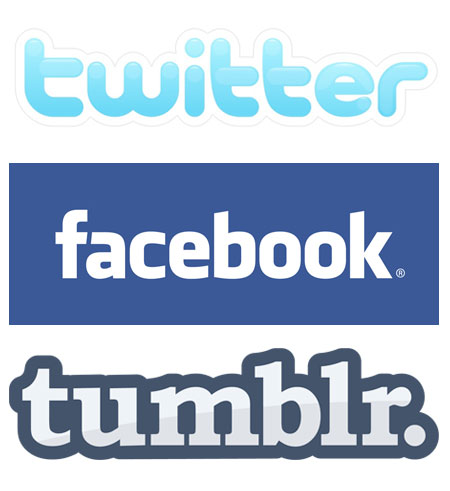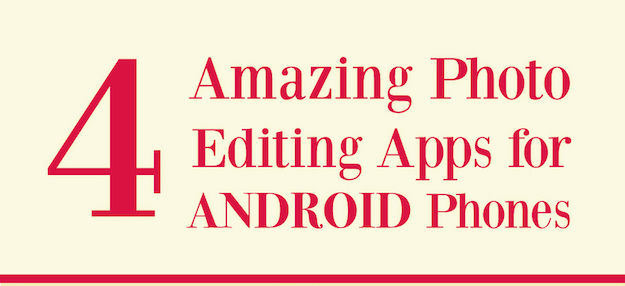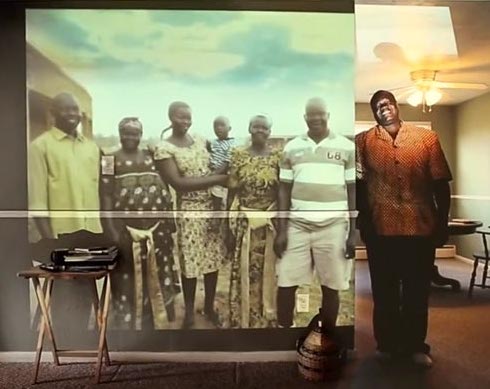Social Media and Photo Filters: Reinforcing Whiteness as the Beauty Ideal


Image Source: Pixabay
The internet nowadays makes it easy to know which of your online friends appreciate you (through likes and comments), check who are interested in your social media activities (through your followers), and even see who is searching for you. Social media, in particular, is a fun way to connect with people, but it gets dangerous when you let the likes, comments, and followers define you.
Society’s impossible standards of beauty push body image-conscious people to enhance their appearance online. In the world of social media—where attractiveness is judged by the number of likes a person receives—there seems to be a fixation with white skin.
Reinforcing this unrealistic beauty standard is the recent popularity of photo filters. Photo sharing apps like Instagram and VSCOcam, for example, allow users to add effects and filters to their photos. These apps are used—and sometimes abused—by many when tweaking their selfies in the hopes of getting noticed online. Riding along this trend are smartphone camera manufacturers with their latest models having built-in beautification mode for brighter and clearer selfies.

It is worth noting that in the filter’s process of making photos brighter and softer, it does the same to the overall skin color, too. But is brighter and lighter necessarily more beautiful?
A study that explored photo filtering practices and the impact of filters on engaging viewers can shed light on this phenomenon. The researchers found that filtered photos have 21% higher chance of being viewed and 45% higher chance of getting comments compared to unfiltered photos. Also, more likely to get noticed are photos with warm color temperature and increased contrast and exposure.
For consumer electronics giant Samsung, studies like this might actually be influencing how it develops its cameras and effects. In line with its launch of the Galaxy S6 in 2015, the company conducted a study on what makes a “perfect face” in the U.K. together with Dr. Christopher Solomon, image processing of the human face expert. The image generated from the respondents’ answers reveal that white people are perceived to be the most beautiful. Solomon was quick to note that though this is an accurate representation of what Brits consider as the standard of beauty, results may vary in other parts of the world.

Photo credit: Canva Design School
In the U.S., there seems to be conflicting data regarding which skin color looks more beautiful. In a poll conducted by the American Academy of Dermatology in 2010, 72% believed that people look more attractive with a tan. But this perception cannot be said about those with dark skin. In fact, critics observe that while there are efforts to introduce black models as a representation of beauty in advertising and other forms of media, these models’ photos are whitewashed and they are styled to make them look more like their white counterparts.
This appears to be a common practice in print ads and magazine covers featuring black women. Take for example Beyonce’s L’oreal Feria ad (released in 2008) where her skin tone was reportedly brightened to the point that she was virtually unrecognizable. L’oreal, however, categorically denied altering her skin tone in its ad campaign.
Patrice Grell Yursik, aka Afrobella, dubbed the “Grandmother of Brown Beauty Blogging,” believes that editing photos to adhere to white ideals has got to stop. Commenting on the skin lightening ad issue, Yursik shared her thoughts on her award-winning beauty blog Afrobella.com:
“[To] effectively make a statement to the advertising industry that hey — Photoshopping in your skewed, ethnically exclusive perspective of beauty is not cool — consumers have to get to the point where they’re so angry that they boycott the brand, the magazines, everything. That never happens.”
But even white people struggle to meet beauty ideals that go beyond just skin color. Former model and popular Instagram personality Essena O’Neill revealed that while she was campaigning for body image positivity among her followers, she would skip most of her meals just to maintain her slim figure. She also confessed that she had to put thick layers of makeup to cover up her acne and make her skin look flawless when taking a selfie. Her efforts to get noticed paid off, and she did get famous. But her popularity came with a price.
In a video titled “Why I Think Social Media Sucks,” O’neil recalls an incident during a visit in Thailand (a country known for its obsession with pale, white skin) where she was given preferential treatment due to her status.
“People took me differently, people spoke about me differently because I have this following and it makes me different [from them]. It doesn’t. If anything, it makes me incredibly more insecure about people’s opinions of myself.”
This insecurity that O’neill felt is not exclusive to those who are instafamous. In fact, casual users of social media like us tend to feel that way, too. We try to weed out every imperfection in our lives when sharing posts on social media. The study on photo filtering practices revealed that we casual photographers use filters to significantly transform our photos. Why do we feel we need to do so? Is something not right with the way things are?
Smartphone camera filters serve as a quick and easy way to make your photos look presentable. The effects help reflect the mood that you want to attach to that particular memory, too. But you should not be led to believe that your filtered face is better than the one you were born with. Your assurance of your beauty should always come from how you perceive yourself, not from anyone or anything else.

Liz Pekler is a travel photographer with several years of experience in the field. Being a freelance blogger enables her to help photography beginners and enthusiasts to tell wonderful stories of their travels as seen through their lenses. It also allows her to share her thoughts about another advocacy of hers: social equality and change. You can find her on LinkedIn and Twitter.








